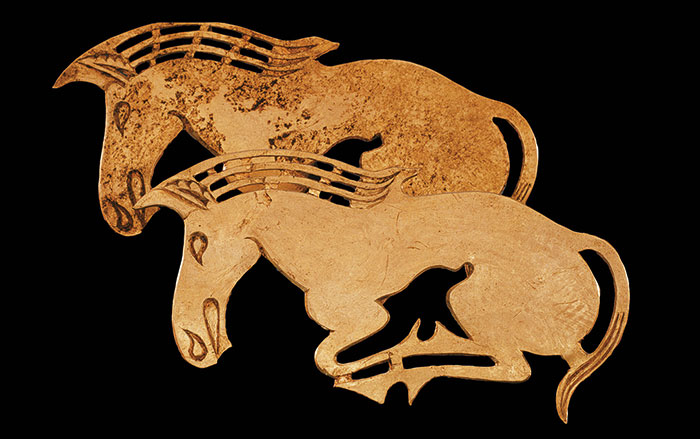
ST. PETERSBURG, RUSSIA—Science Magazine reports that dogs may have been bred and domesticated in the Arctic some 9,000 years ago. Archaeologist Vladimir Pitulko and archaeozoologist Aleksey Kasparov of the Russian Academy of Sciences analyzed the bones of canines recovered from a hunter-gatherer site on what is now Zhokhov Island. They compared two well-preserved canine skulls from the site with those of wolves and Siberian Huskies from the region. The measurements of the skulls suggest that one was a true dog, while the other was a wolf-dog hybrid. Further study of the canine bones from the site suggest ten of the dogs were about the size of Siberian Huskies, which are able to pull sleds without overheating like a larger dog would. The researchers speculate that dog-assisted transportation could have allowed Stone Age Zhokovians to pursue herds of reindeer. The wolf-dog hybrid was larger, however, and may have been more suitable for hunting polar bears. “They were clearly shaping these animals to do something special,” Pitulko said. For more on archaeology in the area, go to “Squeezing History from a Turnip.”











